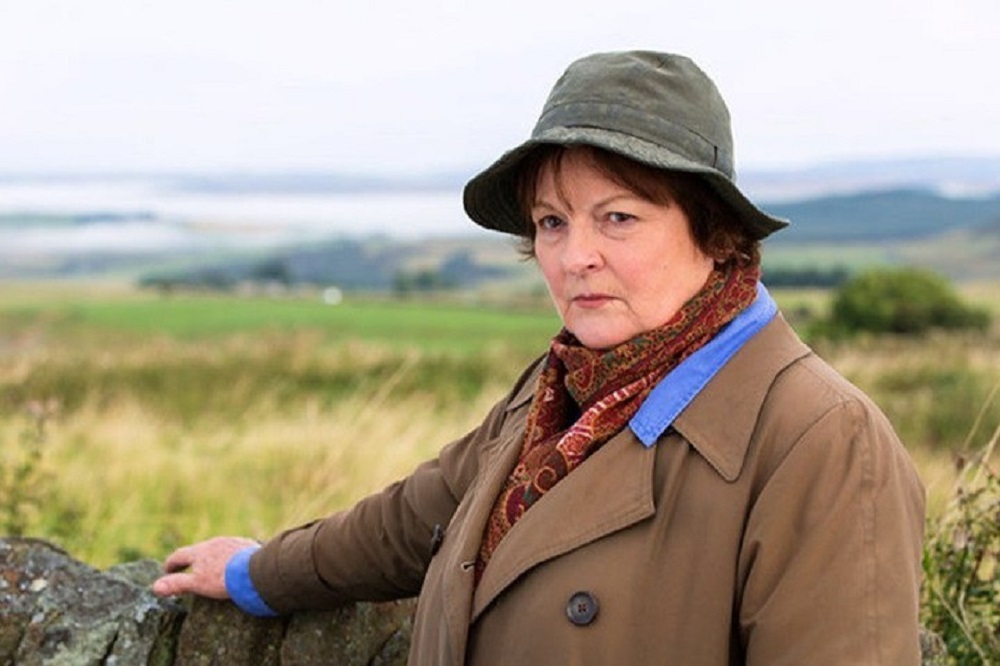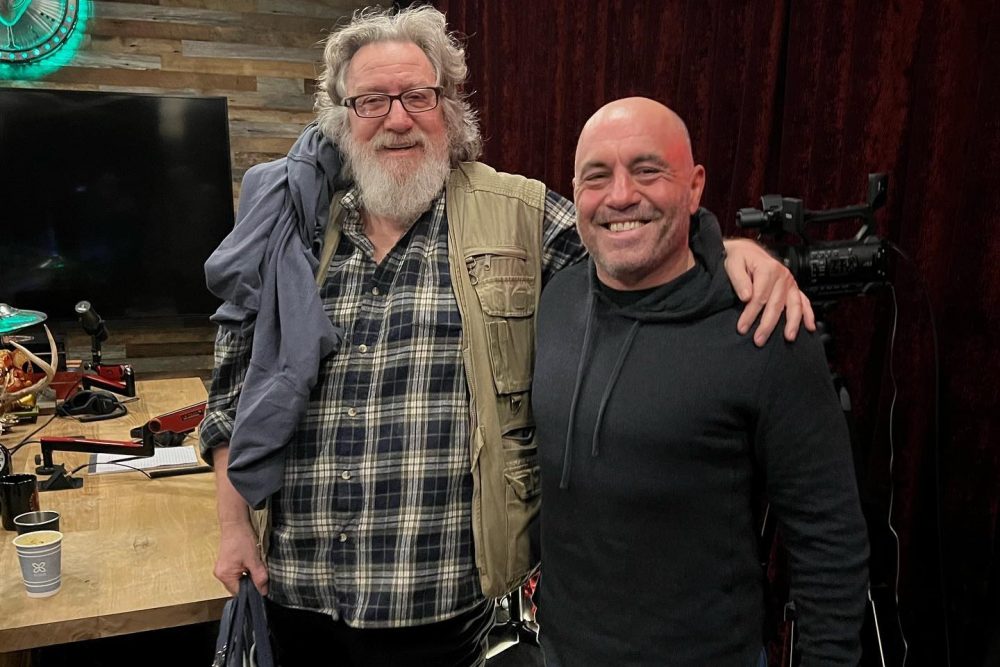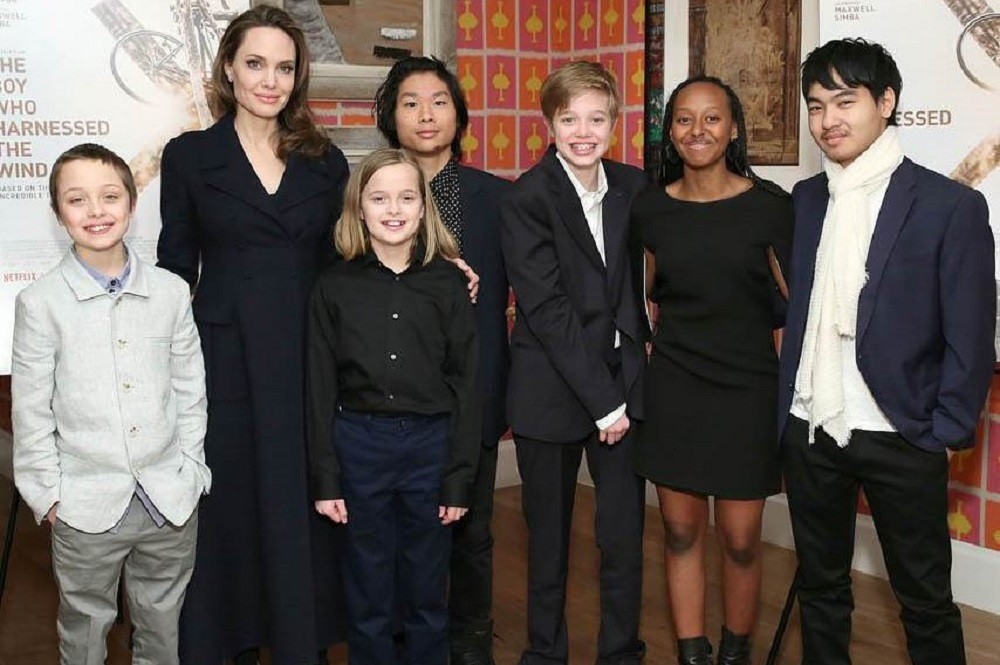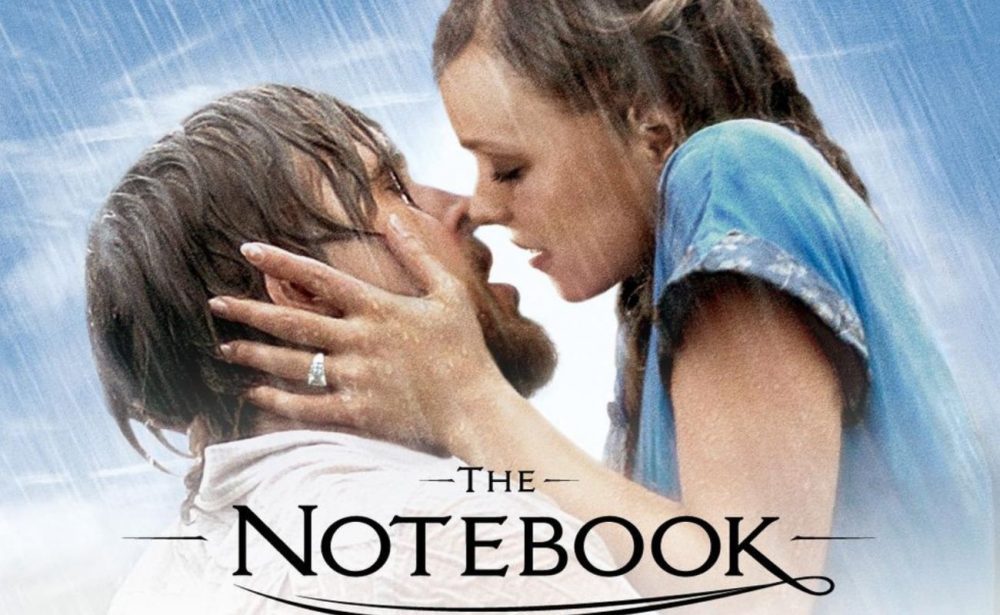Generating fresh movie ideas can feel daunting, but it's an essential skill for screenwriters. With the demand for unique screenplays, having a toolbox of techniques to inspire creativity is invaluable. This article will explore 10 creative ways to come up with new movie ideas fast. 1. Take a Walk and Observe Stepping away from the desk and into the fresh air can clear your mind and spark creativity. Walking allows you to observe the world around you—interactions, snippets of conversation, and the ever-changing scenery. These small moments can inspire characters, settings, or even entire plotlines. It’s a simple yet effective way to reconnect with your environment and see it through a creative lens. 2. Dive Into Current Events The news offers a treasure trove of inspiration. Current events are not...
next aeticle
Generating fresh movie ideas can feel daunting, but it's an essential skill for screenwriters. With the demand for unique screenplays, having a toolbox of techniques to inspire creativity is invaluable. This article will explore 10 creative ways to come up with new movie ideas fast.
1. Take a Walk and Observe
Stepping away from the desk and into the fresh air can clear your mind and spark creativity. Walking allows you to observe the world around you—interactions, snippets of conversation, and the ever-changing scenery. These small moments can inspire characters, settings, or even entire plotlines. It’s a simple yet effective way to reconnect with your environment and see it through a creative lens.
2. Dive Into Current Events
The news offers a treasure trove of inspiration. Current events are not only relevant but can also anchor your stories in reality. Headlines, features, or even classified ads might spark an idea for a compelling character or plot. For example, a lesser-known story from the back pages could evolve into a captivating narrative with global resonance.
3. Subvert Existing Stories
Think about how a classic movie would unfold if its protagonist didn’t make it past the first act. For instance, imagine what would happen in Raiders of the Lost Ark if Indiana Jones didn’t survive the opening sequence. This exercise forces you to think beyond traditional arcs and explore how secondary characters or new conflicts could take the spotlight.
4. Tap Into Personal Experiences
Life’s ups and downs can be a goldmine for storytelling. Create authentic narratives by drawing from personal challenges, triumphs, or even mundane experiences. A breakup, a career milestone, or an unusual encounter could serve as the foundation for your next script. Writing from a place of honesty often resonates deeply with audiences.

Andrea Piacquadio | Pexels | Create authentic narratives by drawing from personal challenges, triumphs, or even mundane experiences.
5. Reimagine Literary Classics
Classic literature is timeless but ripe for reimagining in fresh settings. Consider retelling Pride and Prejudice within the cutthroat world of modern tech startups or placing Treasure Island in a futuristic metropolis. Such creative recontextualizations breathe new life into familiar tales, making them accessible and exciting for contemporary audiences.
6. Explore the Public Domain
The public domain is a vast reservoir of stories waiting to be adapted or reinvented. From fairy tales to ancient myths, these narratives offer both structure and creative freedom. Disney has mastered this technique, and there’s no reason you can’t adapt an old tale with a unique twist. Look deeper into lesser-known stories to uncover hidden gems.
7. Start at the End
Sometimes, endings can inspire beginnings. Reflect on the aftermath of a film or historical event. What happens to the characters after the credits roll? Exploring these possibilities can lead to new and exciting narratives. For instance, envisioning the fallout from a grand heist could inspire a tense, character-driven drama.
8. Focus on One Location
High-concept, low-budget films often revolve around a single location. This setup encourages tight, character-focused storytelling. Movies like Reservoir Dogs or Buried demonstrate how one setting can drive tension and engagement. Limiting your scope can lead to unexpected creative breakthroughs while remaining feasible for production.
9. Write What You Can Shoot
If filmmaking is your ultimate goal, consider the resources you already have. A family cabin, a unique neighborhood, or even a vintage car could become the backbone of your next project. Tailoring your script to what’s accessible ensures feasibility while still allowing for creative innovation.
10. Harness History
Historical events are rich with drama, intrigue, and timeless human themes. You don’t have to stick to well-known stories—minor events or untold perspectives can be just as compelling. Whether it’s a fictionalized account of real events or a story set against a historical backdrop, history can provide depth and authenticity to your screenplay.











